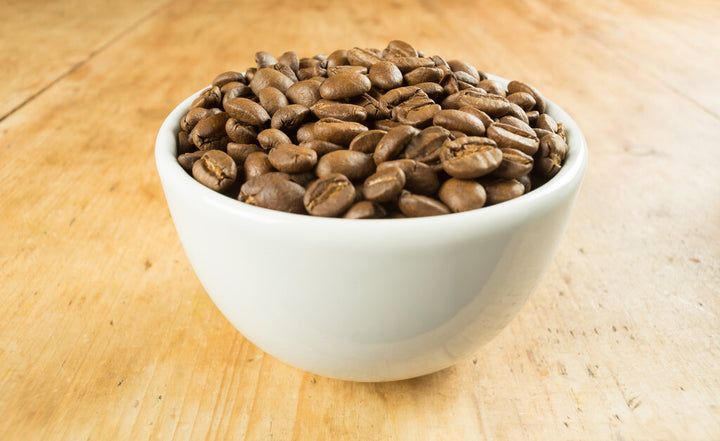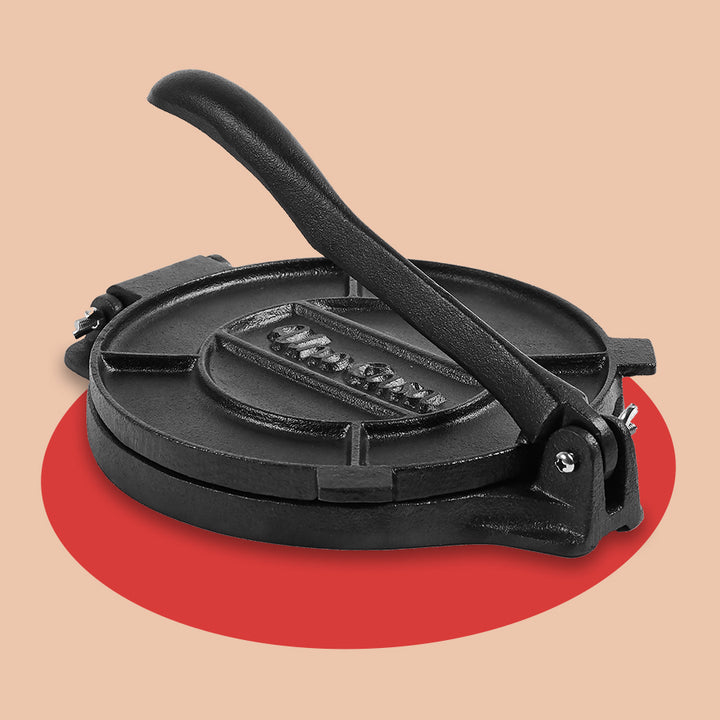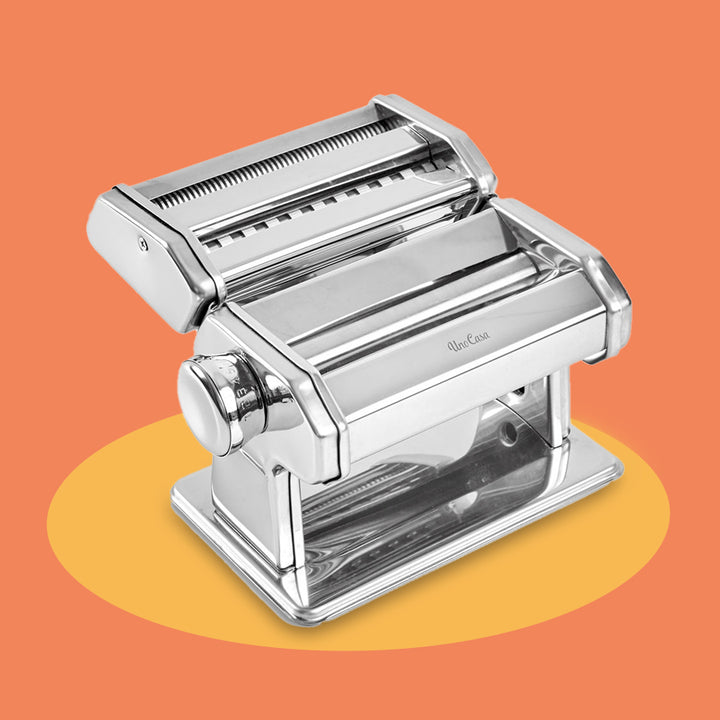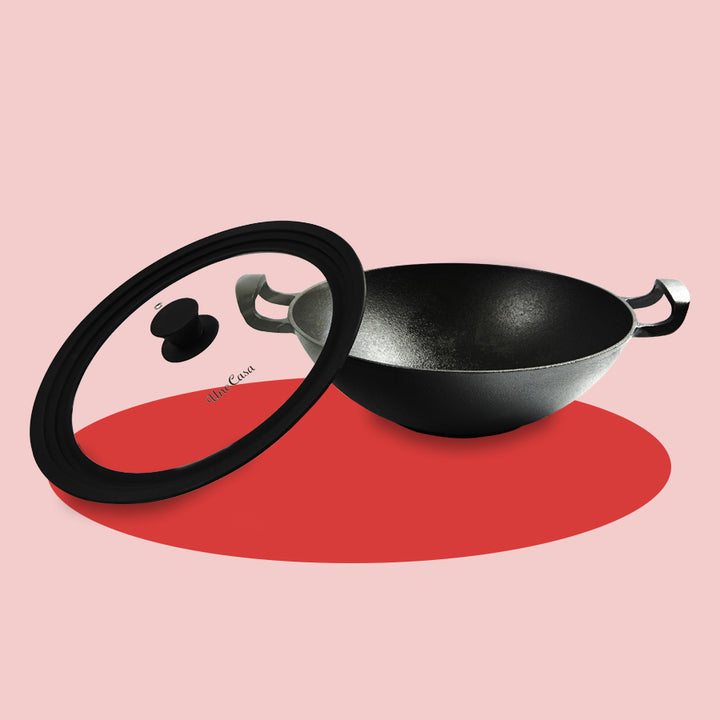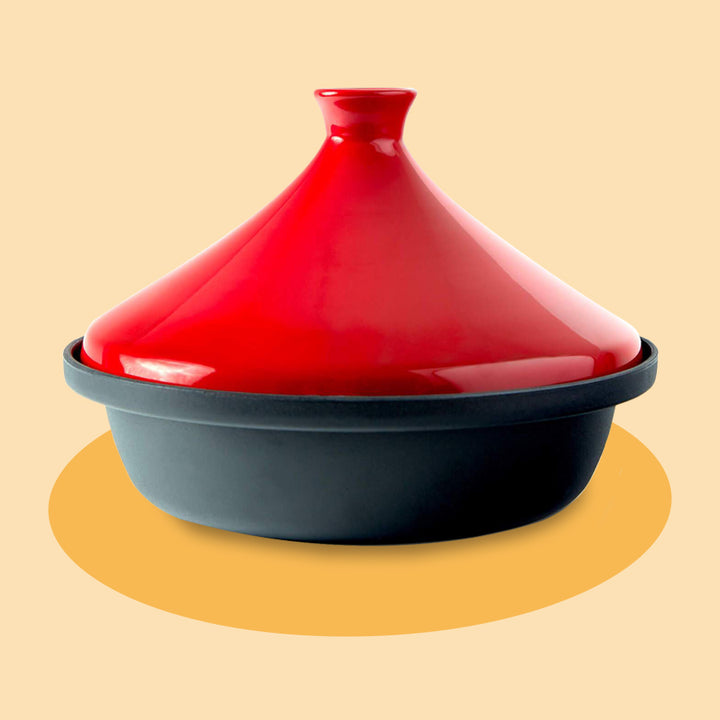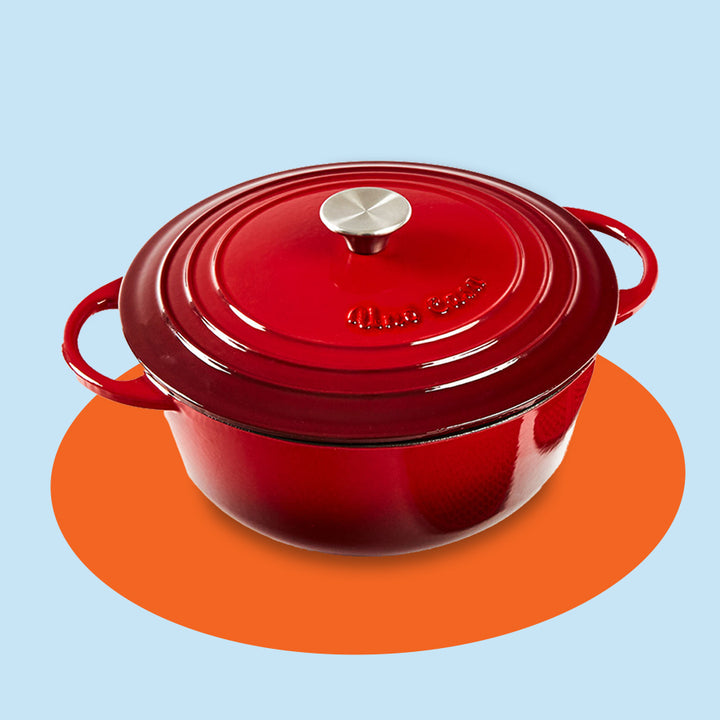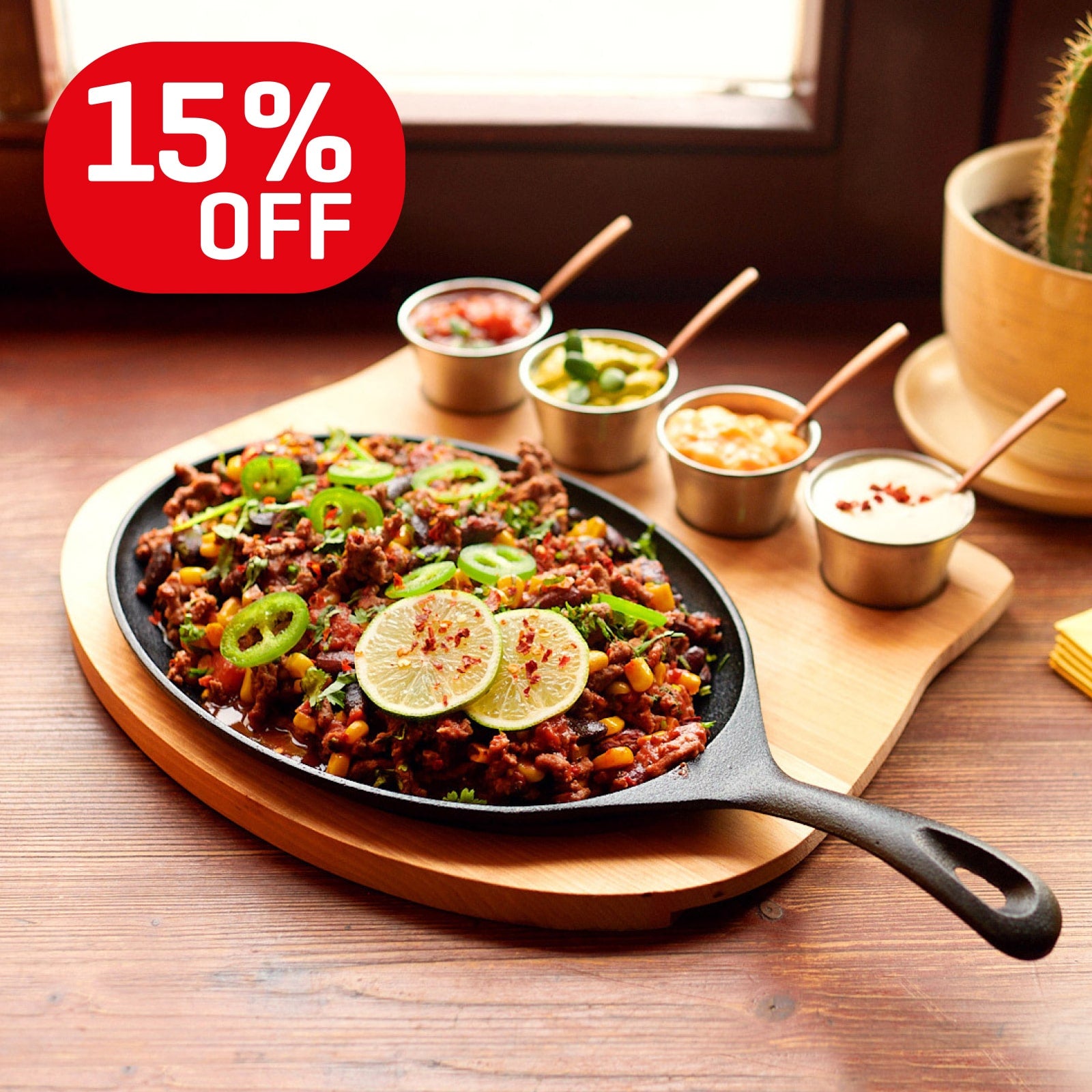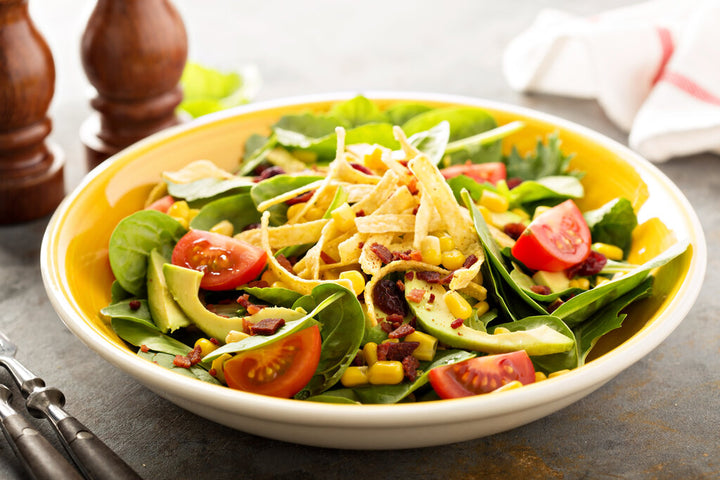How to Use a Pasta Maker at Home
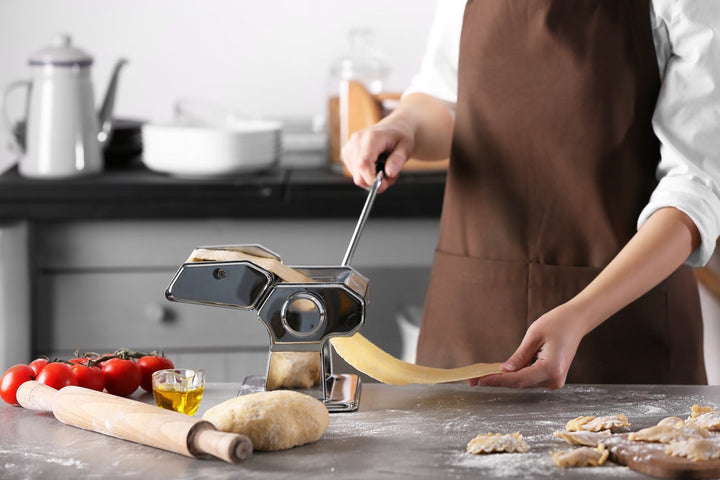
Freshly made pasta is so delicious you could practically eat it plain and still enjoy it. Compared to dry pasta, the texture is more tender than its dried counterparts and it lends itself well to more delicate sauces.
You don't have to go out to an expensive dinner at an authentic Italian restaurant to eat fresh pasta - it is made with a few simple ingredients you likely already have in your kitchen.
The process is quite simple and can be made even more so with a pasta-making machine that can quickly roll out the dough and cut different noodle sizes and shapes.
You can use this basic pasta recipe to make spaghetti, linguine, angel hair, and more with a pasta machine from the comfort of your own home kitchen.
Is a pasta maker worth it?
A pasta maker is a fantastic investment for your kitchen. It will drastically cut down on your preparation time and give you beautiful looking pasta. Let's take a deeper look.
- They're fairly inexpensive. Prices for these machines can be expensive, upwards of a few hundred dollars. Those high-end versions aren't really necessary for casual use at home and you can easily find a pasta maker machine priced under $50 that will work great!
- It helps to control the thickness. When you're making pasta from scratch you want to roll the dough out to an even consistency. Rolling the dough by hand with a rolling pin makes achieving a uniform thickness difficult. By using a pasta machine, you can ensure a more even thickness and better cooking results.
- It drops pasta cutting time drastically. If you choose to cut your pasta by hand it will easily double or triple the preparation time.
- Fresh pasta has a much faster cook time. The softer nature of fresh pasta means it doesn't take as long to cook as its dried counterpart. The cooking time for fresh pasta is approximately half of the time that dry pasta takes. This means that while fresh pasta has some extra prep time that dried doesn't, it can take close to the same amount of time as dried pasta from start to finish.
Fresh Made Pasta Instructions
These instructions involve mixing the dough by hand, but you can absolutely use a stand mixer or food processor to make the dough if you have either of those options available to you.
Ingredients
- 2 cups of flour (all-purpose, semolina, or '00' flour)
- 3 large eggs
- 1 tbsp of olive oil
- 1 tsp salt
How to Make Dough
- Place the flour in a mound on a large cutting board.
- Then, use your fingers or a spoon to create a good-sized well in the center of the flour mound. You will want the well to be big enough to hold the eggs.
- Add the eggs into the center of the well. Sprinkle the salt and drizzle the olive oil on top of the eggs.
- Use a fork to begin whisking the eggs together. Then once they are combined, begin gradually whisking some of the surrounding flour into the egg mixture, adding more and more until the egg mixture is nice and thick. (If some eggs accidentally spill out, don't worry, just use your hands or a bench scraper to pull them back in.)
- Use your hands to fold the rest of the dough together until combined.
- Knead the dough for about 10 min or until the dough is smooth and elastic, sprinkling some extra flour on the cutting board if needed to prevent sticking or if the dough seems too wet or sticky. (You want the dough to be pretty dry.)
- Form the dough into a ball with your hands, wrap tightly in plastic wrap and let it rest at room temperature for 30 min.
- Use immediately or refrigerate for up to 1 day.
How to Roll Pasta using Pasta Machine
- Allow the dough to rest for at least 30 min after mixing. Remove from plastic wrap and transfer to a cutting board. Cut the dough into four equal slices and set one wedge aside.
- Immediately wrap the remaining three in the plastic wrap again to prevent them from drying out while you're working.
- Sprinkle the cutting board generously with flour, and set aside.
- Use your hands to shape the dough into a flat, oval disc shape. Feed the dough through your pasta maker on the widest setting.
- Once the sheet comes out, fold it into thirds, similar to folding a letter to fit into an envelope. Feed it through the rollers 3 more times on the widest setting.
- Continue to feed the dough through the rollers as you gradually reduce the width setting, one pass at a time, until the pasta reaches your desired thickness.
- Whenever the dough starts to get a bit sticky as you pass it through the rollers, just pause and drape the dough onto the floured cutting board to re-flour, being sure to coat both sides of the dough. Also, if your dough starts to get too long to handle, just cut it in half with a knife.
- Once your dough sheet is ready to go, sprinkle it with flour once more. Connect the cutter attachment to your pasta machine. Feed the sheet through the attachment to create your desired shape of pasta.
- Transfer the cut pasta to a drying rack, or swirl them to make pasta nests and lay them on a floured surface to dry for 30 min. Repeat with the remaining pasta dough.
How to Cook Fresh Pasta
- Generously salt water in a large pot. Bring to a rolling boil over high heat.
- Add fresh pasta and stir immediately to prevent noodles from sticking to each other.
- Cook pasta until al dente(still slightly firm). Keep an eye on the pasta as cooking time will vary depending on noodle thickness, generally 1 - 3 min total.
- Serve and enjoy!
FAQ
- What kind of flour should I use for my pasta? There are a variety of flours you can use for pasta. We recommend '00', which is a silky, finely milled Italian flour. Semolina is also a great option and is a heartier flour, or you can use all-purpose as well.
- Can I make this pasta in advance of my dinner? Although it's best when it's fresh, you can make this pasta and then refrigerate for up to 2 days or freeze for up to 2 weeks.
- Should I add oil to the boiling water to prevent sticking? Although you might have heard this advice commonly, you should NEVER add oil to your boiling water. It doesn't help to prevent the noodles from sticking and will coat the pasta with a thin layer of oil that makes it difficult to stick to the sauce later.
- Do I rinse the pasta after it's done cooking? You do not need to rinse fresh pasta after it's cooked. You can actually add 1/4 to 1/2 cup of your cooked pasta water into your sauce and noodles as the salty, starchy water will help bind the sauce to the noodles.
Final Word
We hope you enjoy using this recipe to make a pasta dish from scratch to share with your family and friends! Once you've mastered making the basic pasta shapes, try stuffing this dough with cheese, mushrooms, or meat for delicious tortellini and ravioli.
If you are new to using pasta maker, make sure you know how to clean it properly after using it.
Leave a comment
Comments will be approved before showing up.
Also in Tips
